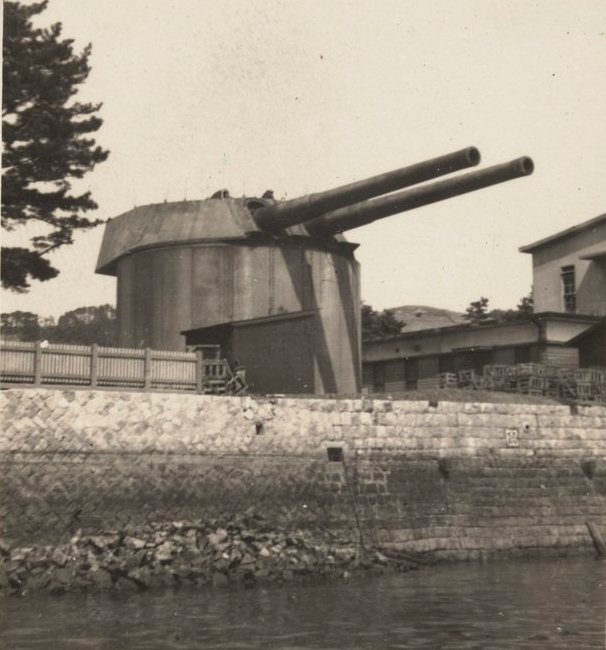Peru can see the writing on the wall. Venezuela is expanding its borders with the arrival of Wrangel's Fleet and the advantages the White Russians gave them. Colombia has gone, Panama has gone. If Peru wants to stay out of the clutches of the Venezuelan Expansion it needs to arm itself accordingly. This includes the Peruvian Navy. The next problem is where to get a new capital ship built that is capable of beating the ex-Russian ships that make up the bulk of the Venezuelan Fleet. The US is backing the Venezuelans so that it can keep the Panama Canal option open. Same applies to the United Kingdom who also wants Panama Canal access and Venezuelan oil. The 'West' was out. Peru was forced to look east. Only Japan would have the capacity to be able to build a ship for Peru during the period 1932-1938. (Yamato/Musashi were not laid down till 1937.)
What Japan had at that stage was plenty of twin 16" turrets and guns from the cancelled Amagi and Kaga class BB/BC's forced to be cancelled by the Washington Treaty. They were useless to what Japan wanted to build in the future, but they were just what was required for a new minor power capital ship.

Laid down in 1933, and named Almirante Grau on launching, the ship was built to the outer limits of the Washington Treaty. The Japanese did not want to tip off the Western Nations as to how far they would be willing to bend the rules in the near future. 35,000 tons would build an adequate ship for the Peruvian Navy.
The Almirante Grau was a big ship and compared more than favourably with the other ships being built for South American Navies at the same time. What the ship did do was to stop Venezuelan expansion in the direction of Peru. The Almirante Grau was good enough to beat all four of Venezuela's existing battleships without breaking a sweat. Even when the new Maracaibo class ship was completed in 1940 it was still not good enough to beat the Almirante Grau on its own.
The penetrating power of the 16" guns made the difference. None of the South American dreadnoughts was armoured to withstand the power of these armour piercing shells. As none of the South American navies had aircraft carriers until Brazil and Argentina got one each in 1939 the Almirante Grau was Peru's guardian angel. As Peru had nothing to fear from either Brazil or Argentina the Almirante Grau served with distinction through its early career. When Peru joined the Allies in 1942 the Almirante Grau was based with the British forces in the Atlantic. Its Japanese looks could have created problems for the ship in the Pacific.
